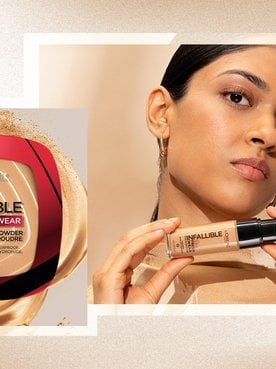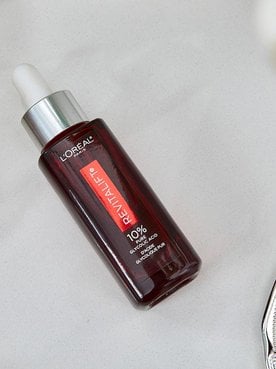There are a lot of different skin care conditions and growths like moles, freckles and more. Skin tags, which are raised, fleshy growths of skin, also fall into this category. They can occur in all different skin types and are incredibly common according to L’Oréal Paris consulting board-certified dermatologist and Director of Cosmetic and Clinical Research in Dermatology at Mt. Sinai, Dr. Joshua Zeichner. Ahead, we spoke with Dr. Zeichner to learn more about skin tags, including who may get them and when to consult with a dermatologist.
What Are Skin Tags?
According to Zeichner, skin tags are simply an extra growth of skin that can develop around the neck, underarm area, or anywhere where the skin folds. The good news is that they are completely harmless and can occur in all types of patients. According to the (NCBI), they most often occur in people who have diabetes, are obese, or have a metabolic syndrome . These growths are small according to NCBI, between one and five millimeters and are usually skin-colored, brown or sometimes red. They are not painful or tender but may get easily caught on clothes or jewelry. They affect men and women equally and up to 60 percent of adults will develop at least one skin tag in their lifetime .
How To Treat Skin Tags
If you are looking to remove skin tags, Zeichner advises avoiding over the counter products that claim to remove them. Instead, go to a board-certified dermatologist who can carry out a procedure to remove them by freezing, burning or cutting them off.
“If you have skin tags, touch base with a board-certified dermatologist for any new or changing spots,” Zeichner recommends.
The most important takeaway for those with skin tags is to avoid picking or scratching them. “If any become red, angry or inflamed, be sure to visit your dermatologist for an evaluation,” he concludes.
Next: Beauty Marks and Moles: What You Need to Know
Written by: Alanna Martine Kilkeary, Photo Credit: Chaunte Vaughn







